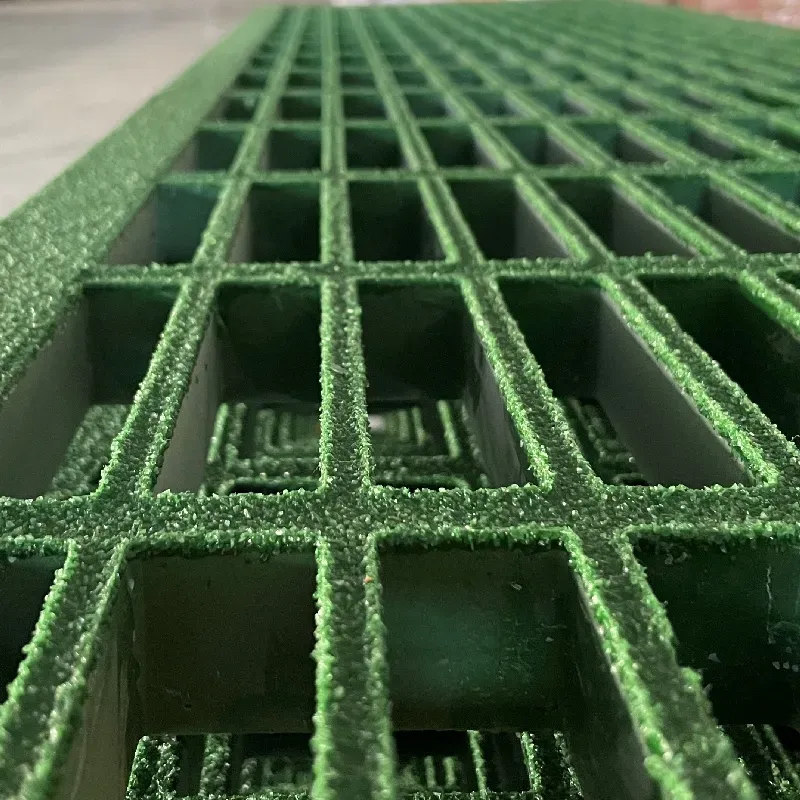loading...
- No. 9, Xingyuan South Street, Dongwaihuan Road, Zaoqiang County, Hengshui, Hebei, China
- admin@zjcomposites.com
- +86 15097380338
- Welcome to visit our website!
fibreglass walkway
Fibreglass Walkway A Durable and Versatile Solution for Modern Infrastructure
In the realm of construction and infrastructure, the materials we choose to utilize play a pivotal role in the durability, safety, and longevity of our projects. One such material that has gained significant attention in recent years is fibreglass, particularly in the form of fibreglass walkways. These innovative structures offer a myriad of advantages, making them an ideal choice for various applications ranging from industrial sites to recreational facilities.
Fibreglass, or fiberglass, is a composite material made from fine glass fibers and resin. This combination results in a lightweight yet exceptionally strong material that can withstand significant stress and strain. One of the most prominent features of fibreglass walkways is their resistance to corrosion, rot, and rust, which are common issues faced by traditional materials like wood and metal. As a result, fibreglass walkways can be used in environments where they are exposed to harsh weather conditions, chemicals, or marine environments, significantly extending their service life.
Furthermore, the non-slip surface of fibreglass walkways enhances safety for users. The texture of the fibreglass provides better grip, which is especially crucial in industrial settings or areas prone to moisture. This slip-resistant property reduces the risk of accidents and injuries, ensuring that workers and pedestrians can move confidently across these walkways.
Another significant advantage of fibreglass walkways is their lightweight nature. Unlike concrete or steel, fibreglass is relatively easy to transport and install. This characteristic not only reduces construction time and costs but also facilitates maintenance, as repairs can be performed more efficiently. Moreover, fibreglass walkways can be prefabricated in various designs, allowing for custom solutions that meet specific project requirements.
fibreglass walkway

The aesthetic appeal of fibreglass walkways cannot be overlooked. Available in an array of colors and finishes, fibreglass can complement any environment, from sleek modern designs to more traditional settings. This versatility makes it a popular choice for parks, gardens, boardwalks, and public spaces, allowing for seamless integration into various landscaping styles.
Environmental considerations are increasingly becoming a priority in construction. Fibreglass is a composite material that can be manufactured using recycled materials, making it a more sustainable option than many traditional materials. Additionally, its longevity and low maintenance requirements contribute to a reduced environmental footprint over the lifespan of the walkway, as there is less need for repairs, replacements, or routine upkeep.
Despite the numerous advantages of fibreglass walkways, it is important to consider their specific applications. They are perfect for pedestrian access, maintenance walkways, and areas where weight restrictions are critical. However, when it comes to heavy-load scenarios, such as vehicular access, engineers must carefully evaluate the specifications to ensure safety and structural integrity.
In conclusion, fibreglass walkways represent a forward-thinking solution in the world of infrastructure. Their combination of strength, safety, and aesthetic appeal makes them a preferred choice for a variety of applications. As construction practices continue to evolve, embracing materials like fibreglass not only enhances the performance of our walkways but also contributes to sustainable development in our urban and industrial environments. As we move towards a future that values innovation and efficiency, the adoption of fibreglass walkways is likely to play an increasingly vital role in shaping the built environment. Whether for commercial, industrial, or recreational use, fibreglass walkways offer a resilient, safe, and attractive alternative that suits the demands of modern society.
-
The Rise of FRP Profiles: Strong, Lightweight, and Built to LastNewsJul.14,2025
-
SMC Panel Tanks: A Modern Water Storage Solution for All EnvironmentsNewsJul.14,2025
-
GRP Grating: A Modern Solution for Safe and Durable Access SystemsNewsJul.14,2025
-
Galvanized Steel Water Tanks: Durable, Reliable, and Ready for UseNewsJul.14,2025
-
FRP Mini Mesh Grating: The Safer, Smarter Flooring SolutionNewsJul.14,2025
-
Exploring FRP Vessels: Durable Solutions for Modern Fluid HandlingNewsJul.14,2025
-
GRP Structures: The Future of Lightweight, High-Performance EngineeringNewsJun.20,2025
